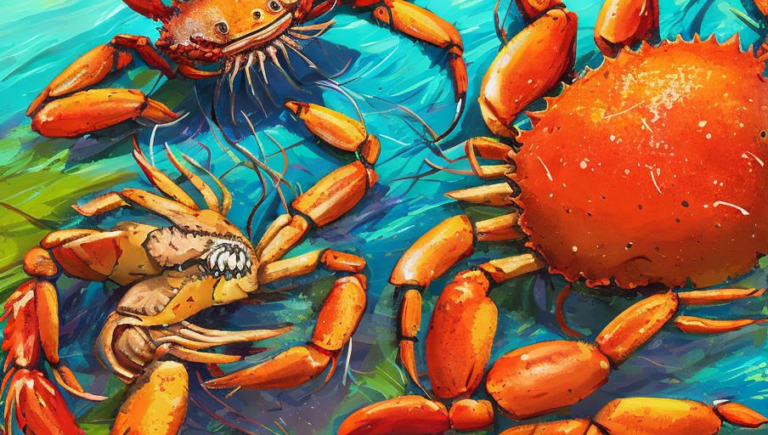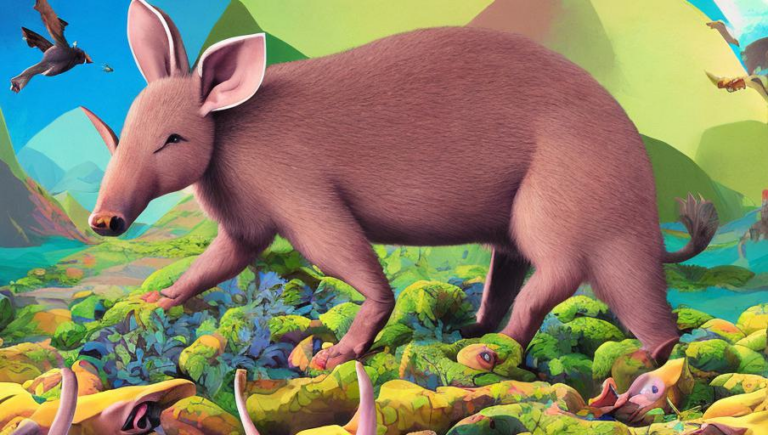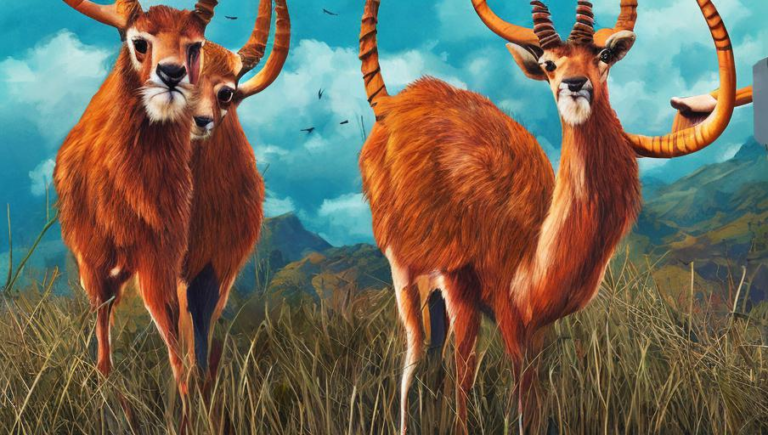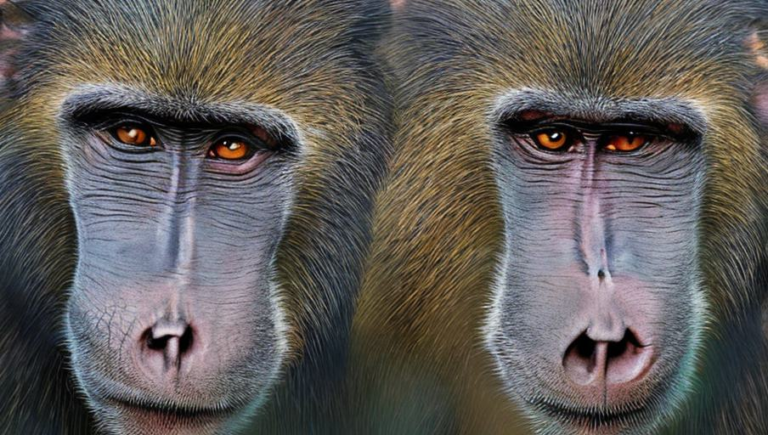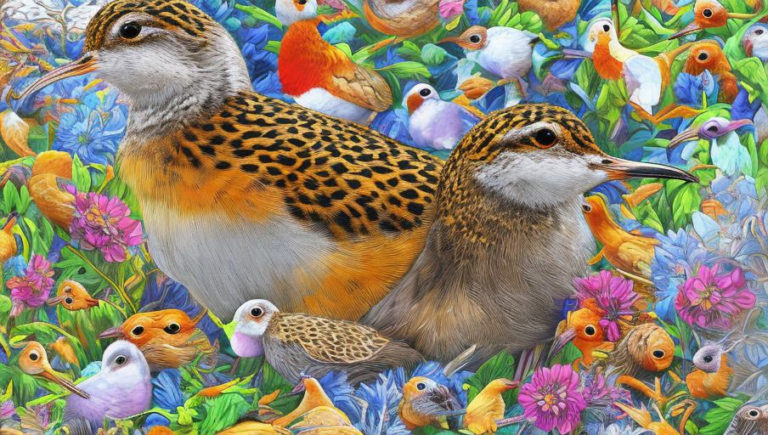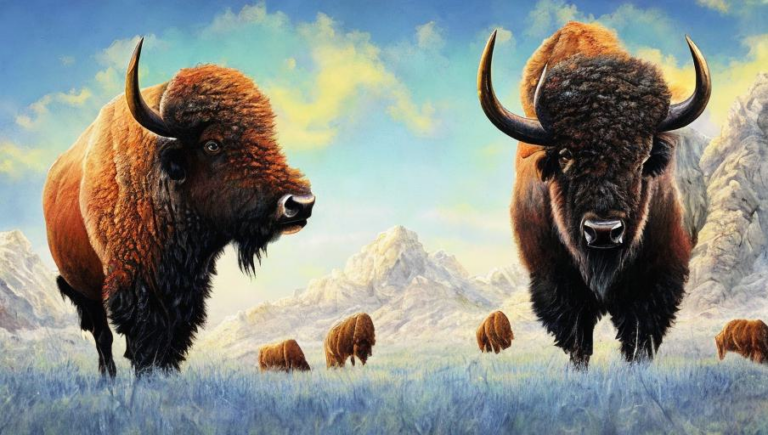Aardvark Anatomy: A Closer Look at its Unique Physiology
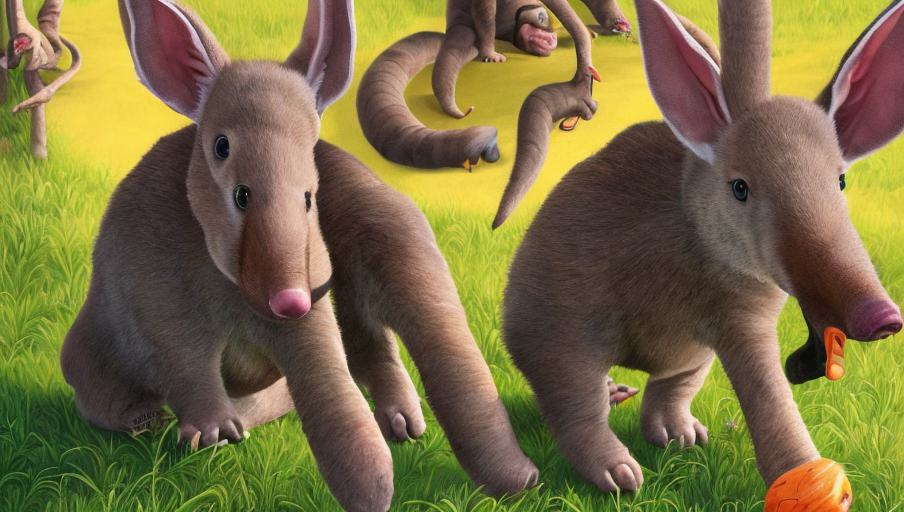
Introduction
The aardvark is a unique species of mammal, known for its long snout, big ears, and powerful digging abilities. It is native to Africa, and is the only living species in the order Tubulidentata. Aardvarks are nocturnal, and spend their days sheltering in burrows and foraging for food. They are also unique in that they have no teeth, but instead use their sharp claws and powerful muscles to break open termite mounds and other hard-shelled insects.
Digestive System
Aardvarks have a specialized digestive system that is well adapted to their diet of termites and other insects. They have a large, muscular stomach that helps to break down the hard exoskeletons of the insects they consume. They also have a long, muscular esophagus that helps to move the food down into their stomachs quickly. Aardvarks also have small intestines and a large cecum that helps them to digest the cellulose found in the exoskeletons of their prey.
Senses
Aardvarks have strong senses that help them to survive in their environment. Their long snouts are extremely sensitive and are used to detect the smell of termites and other insects. They also have long ears that help them to hear the movement of termites and other prey. Aardvarks have large eyes, which are adapted for low-light vision and help them to navigate through their environment at night.
Defense Mechanisms
Aardvarks have several unique defense mechanisms that help them to protect themselves from predators. They have a thick hide that is difficult to penetrate, and they also secrete a thick, foul-smelling substance from their skin when they sense danger. Additionally, they have powerful claws that they can use to dig quickly and create burrows for shelter.
Conclusion
The aardvark is a fascinating species of mammal, with many unique features that help it to survive in its environment. Its long snout, big ears, and powerful claws are all adaptations that help it to find food and protect itself from predators. It is an important species in its habitat, and its protection is important for the health of the ecosystem.
